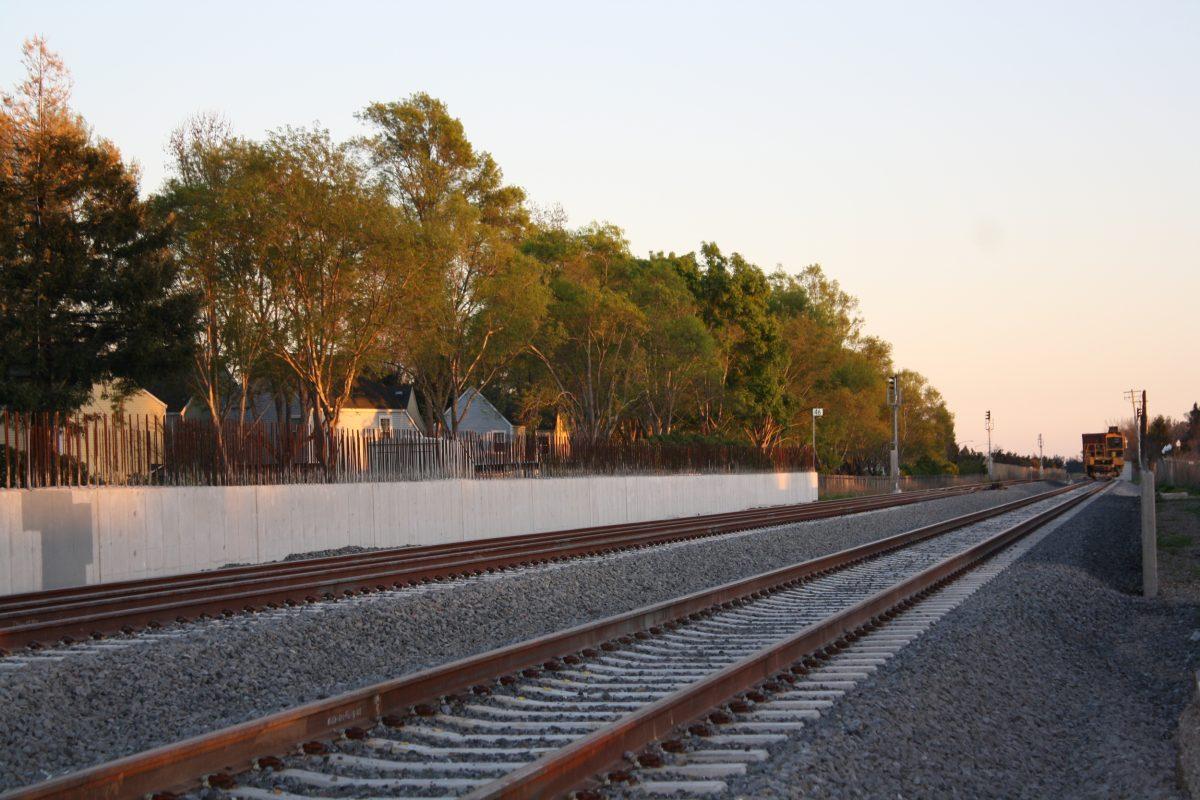Sonoma County is set to experience the same influx of business and new residents experienced in other parts of the Bay Area over the last few years. Rents have risen more than 30 percent in the last three years, according to the Press Democrat, and this trend will only increase with the construction of the Sonoma-Marin Area Transit railway, or SMART.
The new railway was voter approved in 2008. The railway already has a station built in Cotati and the system as a whole is scheduled for completion in 2016. The repercussions of this new railway, both good and bad, will almost certainly change life for residents of Sonoma County, as well as Sonoma State University students.
The SMART railway is planned to stretch from Larkspur to Cloverdale with an initial stretch from San Rafael to Santa Rosa.
The train will rendezvous with the ferry terminal at Larkspur providing commuter’s access throughout the Bay Area such as Jack London station in Oakland and Marketplace station in San Francisco.
A pedestrian and bike pathway is planned to parallel the railway for all sections possible, but may have to detour in areas such as wetlands.
Environmental concerns have been raised over the railways impact on local wetlands but according to the SMART website all construction in wetlands areas have been environmentally approved by the state.
Sonoma County has gone through a spike in the price of housing and renting in the last couple of years. This is due to the relative affordability of housing compared to the South and East Bay. The increase in high tech and service industry jobs in the Bay Area has created a higher priced market for housing that started first in San Francisco, then the South and East Bay, and now finally the North Bay.
Then new train is expected to be an important new source of transportation for the local area. SMART’s environmental impact report states it’s expected to take 1.4 million cars off highway 101 annually, reducing traffic and eliminating 30 million pounds of greenhouse gas emissions annually. Further, according to the Metropolitan Train Commission, SMART will add 130,000 new jobs surrounding the highway 101 corridor.
These statistics demonstrate that the trend of increased urbanization in Marin and Sonoma counties is here to stay, and probably accelerate.
“I think the new train is highly beneficial because Sonoma State is a sister school to San Francisco State,” said freshman Jazelyn Cabral. “It would help students like me who need a more convenient way to access the city for certain events that are held in the area.”
The new SMART train will enable students without cars to have increased access to cities like Santa Rosa, as well as the greater Bay Area. This would provide students with a wider range of easily accessible recreational activities.
“Since I am a student who doesn’t drive or have a license I think the train is a great option for students like me who don’t want to rely on others for transportation,” said freshman Lizzie Nunez
The SMART railway system may make every day errands easier for students without cars. Connecting with the ferry terminal at Larkspur means Sonoma State students and Sonoma County residents will have a new means by which to access major local airports via the ferry terminals in San Francisco and Oakland. The Golden Gate Transit bus line, which spans from San Francisco to highway 101, is the major preexisting route of access to the city from Sonoma County without a car.
Freshman Cameron Almasi said, “The new train system will bring more accessibility to other areas and thus increase the livelihood of Rohnert Park residents.”
The trains will run frequent segments of two train cars at a time which is expected to mitigate interruptions with traffic. SMART is designed to operate on the preexisting Northwestern Pacific Railway corridor.
Critics have raised concern that the environmental benefits will be lessened using tracks that require diesel powered trains but according to the SMART website the environment benefits will still be significant in light of how many cars are expected to be taken off the road. In addition a magnetic or monorail would cost around $100 million a mile to construct, compared to SMART’s $7.7 million per mile being built on the preexisting Northwestern Pacific Railway track.
In total the cost of the railway and pedestrian pathway will be around $541 million dollars. Considering the jobs expected to be added to Sonoma and Marin counties because of the project, the environmental benefits and the general increased convenience of traveling throughout the North Bay, SMART may be well worth the expense.



































